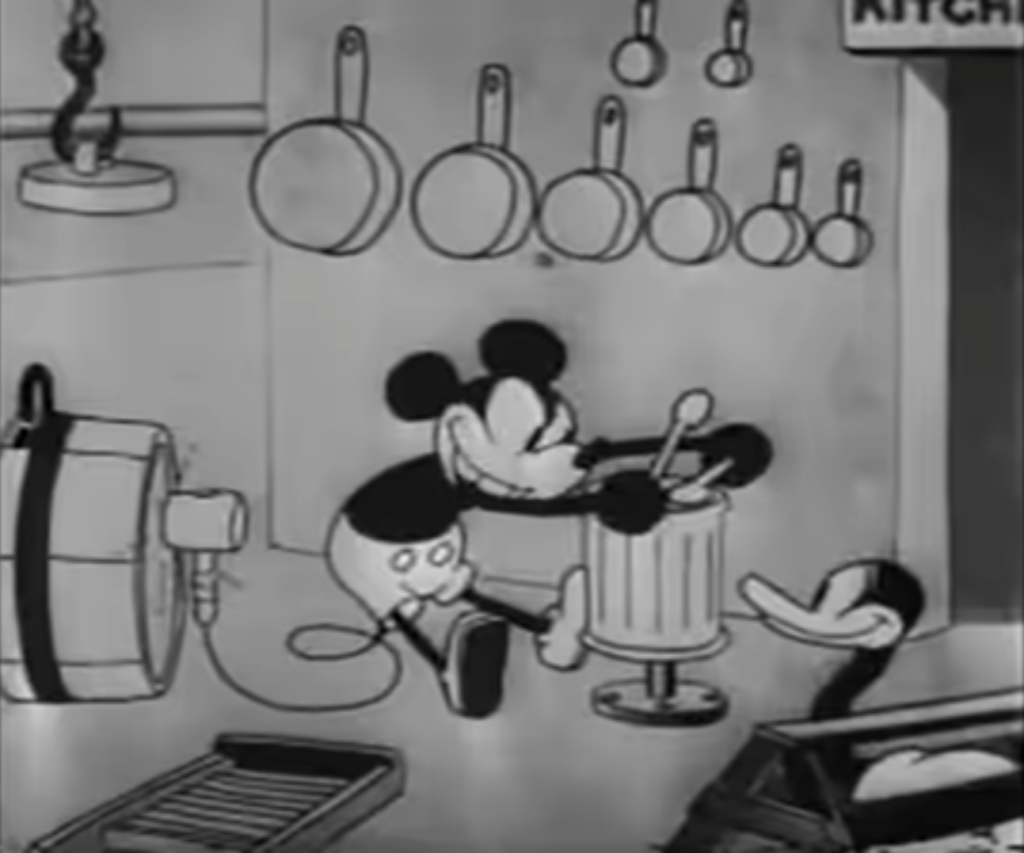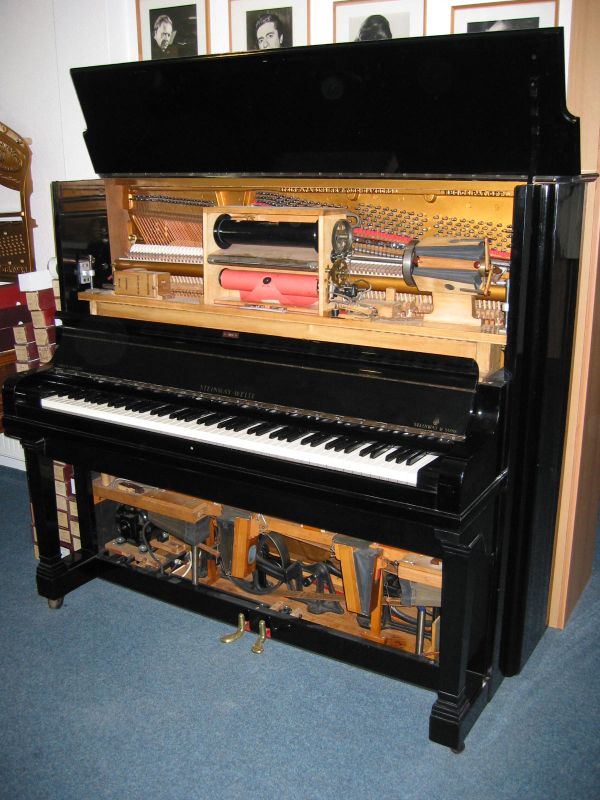There’s been a lot of clamour about generative AI for images, like Midjourney or Stable Diffusion. It’s killing creating jobs or whole industries; it’s illegally using copyrighted data for training purposes; it’s eroding the nature of art itself. I’m sure there are many out there who would be happy to see an outright ban on AI image generators and the like.
On the other hand, it’s undeniable that this is a valuable technology. Not just for the corporations making them, but of benefit to the world. Sure, every artist unpaid is someone else’s money saved, but also as the costs of art fall, that democratises everything around art. A friend of mine made personalised Christmas card this year, a small joy of the world that simply would not have occurred before. I co-wrote a custom murder mystery with ChatGPT in barely longer time than it took to play. The lowering skills bar for indie comics and games is something I hope leads to a profusion of new original things, much as digital art and games engines have spurred it in the past.
How can we resolve these things, to have our cake and eat it? Well, society has faced this problem before and has found a solution that, though imperfect, has endured for centuries.

I’m referring of course to copyright. Copyright was invented to deal with a similar tension: on the one hand, if all creative acts were free to use, share and remix, that would have valuable benefit to the world. On the other, creators deserve to be paid for their works and need to be incentivized to create them in the first place.
Copyright gives creators a time-limited right to prevent others copying their work. For a set period of time, they can benefit from their creation exclusively or sell on the rights. But after that period, it enters the public domain and the world gets the rest of the benefit. It elegantly splits the value of a creation between the creator and the public, in a way that doesn’t require a fraught process of valuation, or even that much administration.
As a system, it is a bit rough around the edges. There isn’t consensus on how long the exclusivity period should be, and exactly what is/isn’t copying has a vast unlegislated gray area (more on this later). But as a framework, I think it holds up.
The shortcomings of copyright law have been brought into starker focus with generative AI. It wasn’t really designed to protect against the sort of use that AI represents, and of course, there is very little case law establishing the boundary. Does training an AI count as “transformative”? Does it matter how accurately the original image can be reproduced? It will take time for a legal consensus to form.
What we need are new laws that will provide better guidance in this area. I don’t want to ban generators entirely, they have too much potential. But neither do I want to cause mass technological unemployment, and hand over humanity’s creative destiny to the machines.
So here’s what I’m thinking.
We make a new right, trainright, to supplement copyright. Like copyright, trainright is the right to use a particular creative work in certain ways. It’s much more limited than copyright – it’s designed so that it can only be used in training AIs, and only in such a way that the original image is subsumed into the gestalt of the ai, and not directly accessible.
Like copyright, trainright is granted to the original creator of a work, can be licensed out, and after X years, it expires. Anything older than that is fair game for training. But it might still be in copyright for a longer period of time. I.e. the piece is only available to the world as a general gist – the specifics are still protected.
This is not a new idea – most legal systems already have many distinct rights/licenses that are associated with a work. An instructive one is the “mechanical license“. Mechanical licenses were created in the 1900s to deal with player pianos, an automatic piano that could play a specially encoded track of music. There was discussion about whether using a machine to reproduce the sounds of sheet music constituted a copyright violation. Sound familiar?

CC AT-SA 3.0
In the US, the Supreme court ruled that player pianos did not violate copyright1. Shortly after, the mechanical license was established in law. It allows anyone to get certain rights to a musical score such as creating cover songs or sample it. But is much more limited than copyright. If we’d have relied on soley copyright to protect the music industry, much of our existing culture of music could not exist.
There are differences of course. Mechanical licenses are compulsory licenses, meaning you must pay to get the right, and the rightsholder cannot refuse. While I’m proposing that trainright works closer to copyright, and the rights can be gained for free after waiting long enough. The number of images in a typical training dataset makes seeking individual permissions impractical, so a time limit is the only option.
Another concession to practicality: Trainright, unlike copyright, should expire in a fixed number of years after the publication of the image. Let’s say twenty years. That means that every image currently on the internet today is guaranteed to have expired trainrights in 20 years. Or equivalently, any dump of the internet older than 20 years is out of trainright, and safely can be used for training without legal problems. Otherwise, the requirement of verifying that every image in your dataset is safe to train on would be prohibitive.
I think wording like the following serve as a draft for the idea of trainright:
If you have trainright, then you may incorporate the work into a larger work (such as a trained AI model) provided that the author has reasonable confidence that the work is mixed in sufficiently that a substantial proportion of it cannot be accurately recovered without specific, directed action or prompting.
The key distinction here is on “directly prompted”. I think an image generator that produces a copyright-infringing image when prompted “Nintendo’s Mario” is nothing to worry about – a human had to drive that infringement, and it can be dealt with by usual copyright law. On the other hand, an image generator that produces the same image when prompted “Italian Plumber” is going too far to infringe without a user’s intervention, and can be considered to infringe trainright. Generators at present usually fall into the second category, but I do not think the technical distance is too far to cross.

To address some obvious questions
Q: But AI is bad and deserves to die!
I’d encourage you to think why generative AI is bad. The fact that the quality of the output is poor is neither here nor there – if it was so awful no one wanted it, then there wouldn’t be a problem in the first place. The world would be a different place if cheap inferior products were banned, and I don’t think a better one. I’m sure the quality will improve in the future anyway, why not plan for then?
So the badness of AI must stem from it hurting some people, which can only be creators who are having their rights breached and livelihoods threatened. This proposal addresses both those cases. Is it a perfect deal for them? No, probably not. Like copyright, it is a compromise. Perhaps I’ve set the duration of trainright too low, and the balance should be set elsewhere. But I refuse to give up on generative AI altogether. History has shown that labour-saving technologies like this cannot be indefinitely resisted, even if they lead to quality drops.
Q: Enforcement of this would be asymmetric leading to unfairness
Probably true. No system of justice can do away with this complaint. But I would observe that copyright has worked out very well in this regard, and I think it would carry over to trainright. By and large, corporations are large sue-able entities who need to be scrupulous about getting licences for everything they do. Meanwhile, fan art and fan fiction have flourished (despite being copyright violations in most cases) in part because it is impractical to stop. Copyright law is absolutely asymmetric, but in a way that aligns closer with people’s notion of fairness than the actual letter of the law!
Q: Your wording leaves a lot of room for ambiguity and loopholes
Yes. Perhaps you can improve on it? Better attempts have been made elsewhere, such as Japan’s law on Generative AI.
But I think laws are generally not that precisely drafted anyway. The exact boundaries are explored through individual cases. AI has clearly yet to reach its final form, there’s no point pretending we’ve got all the answers.
Q: You’ve really focussed on image generators, does this extend to other AI?
Well, certainly other “content” generators like music, video. I’m less sure about writing – a lot more of the value of LLMs and code generators relies on them being up to date. So this proposal is a narrow fix for one of the most salient short term criticisms. AI is a huge subject to cover. Society still has to deal with the more subtle issues, such as the use of algorithms replacing human descision making or existential risk from AGI.
Q: Generative Art can’t really create anything, it can only copy.
This law is a great way to test this statement. Trainright is only granted to the extent that you are reasonably confident that your model is not incidentally copying a specific example. So if generative AI turns out to be fundamentally incapable of remixing its training data in a general way, then this proposal effectively becomes a ban on AI, providing much needed clarity on copyright’s ambiguous stance.
- Though performance royalties still applied. ↩︎
Looking at the history of copyright law (e.g. US Copyright Act of 1790 or the British Statute of Anne) as well as similar rights that you have listed in a figure in the article, I think that all of the the current copyright protection lengths should be significantly reduced. We have a confusing situation in the present where we have more content produced than ever in history and greater ease in copying it than ever in history, yet the longest copyright protections at the same time, enduring many times longer than the relevance of 90+% of the content it protects.